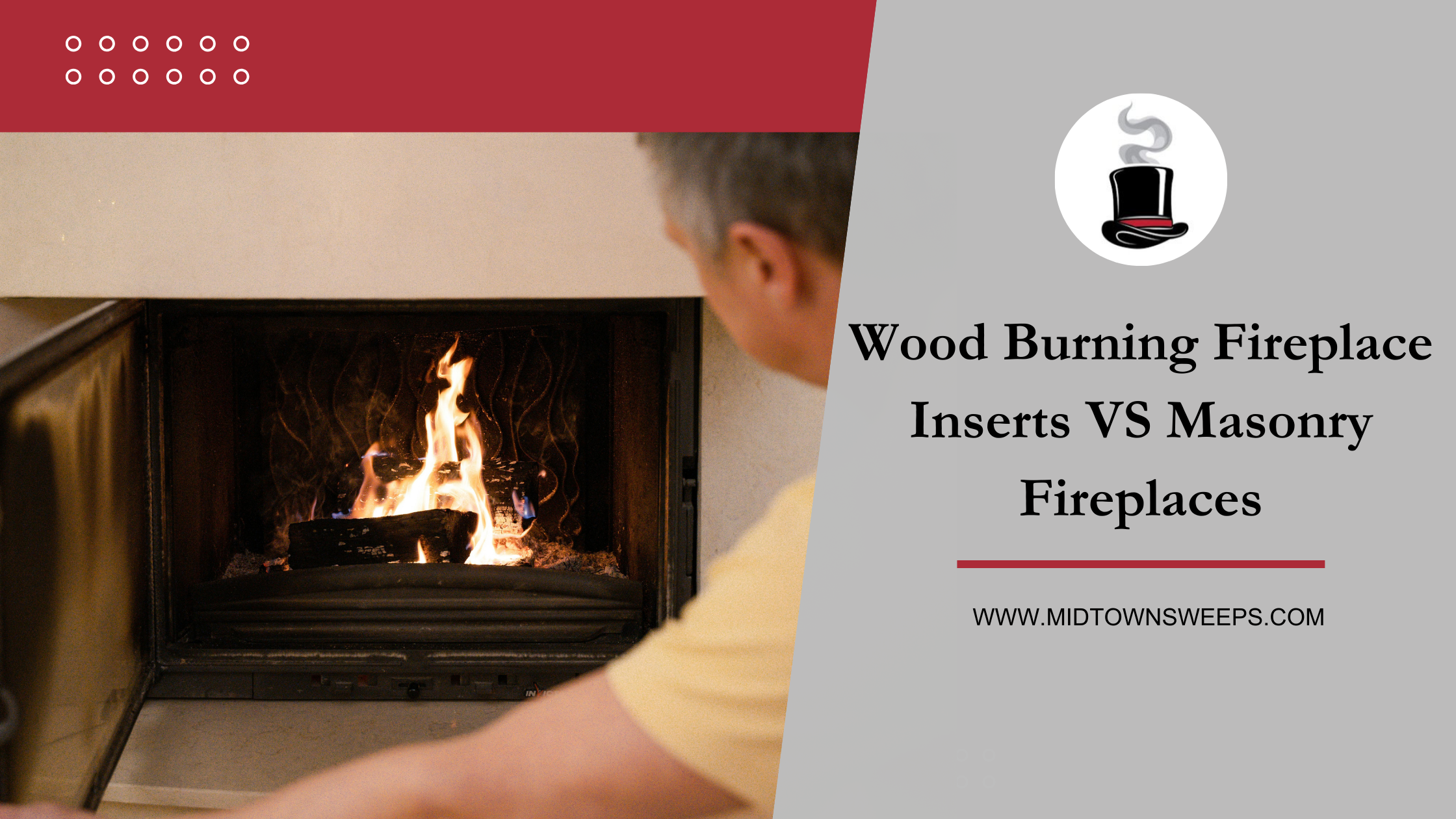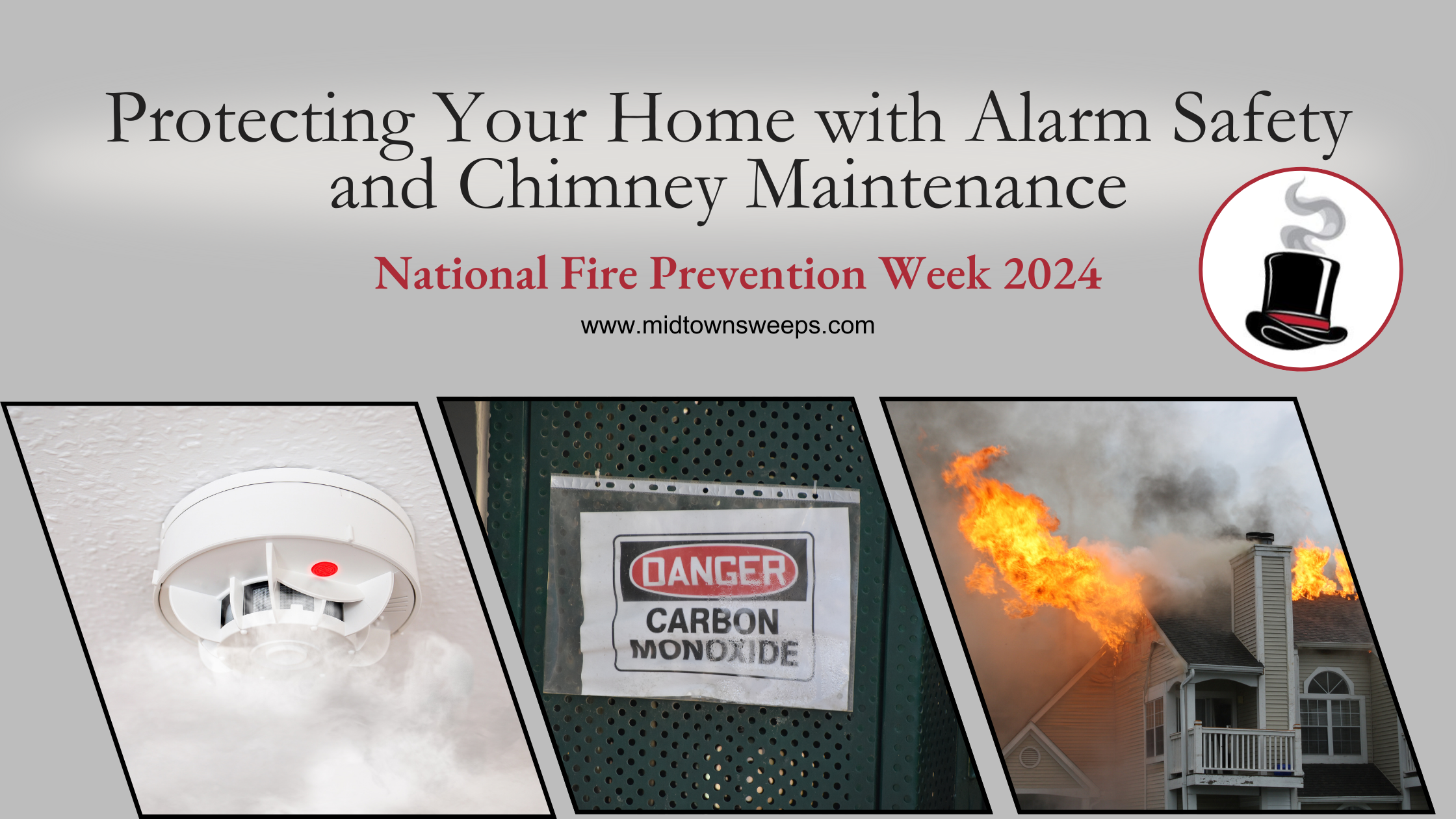With the temperature starting to drop outside, it may be time to start booting up your fireplace again! At the same time, your fireplace may not have had a lit fire since last year. Prior to any burning, we need to make sure your fireplace will actually function safely within your home and to do so a need to invest in routine gas fireplace maintenance is essential for efficiency. There are several critical tasks which need to be completed if you want your fireplace to work appropriately. Take a look at the tests below, and reach out to a professional to assist you with any of these concerns.
1. Test the Gas Line
First, the gas line needs to be tested to make sure it is working properly. The gas line may not have been used in a while, and it is so important to make sure there are no leaks present. Gas lines can degrade during the summer months and without proper inspection, damage can erode and cause even more damage and a potentially hazardous situation. Always test the gas line before you turn on the fireplace at the start of a season.
2. Clean and Inspect the Pilot Assembly
Next, the pilot assembly needs to be cleaned and inspected. The pilot is responsible for producing the flames and lighting the fire in the unit. It should always be inspected closely to ensure there are no signs of excessive wear and tear and cleaned thoroughly to make sure all contaminants are removed before it is ignited.
3. Check the Thermocouple Millivolts
After this, you need to check the thermocouple millivolts. This is an electrical component which requires a steady flow of current to operate effectively. You may need to use a multimeter to check the current and resistance falling through the thermocouple. If you get a reading that is close to zero, the part may need to be replaced.
4. Check the Ignition Control Sequences
In addition, you should check the ignition control sequences. As the name suggests, this is a specific part of your fireplace which is responsible for igniting the flames. If there are any problems with your ignition control sequences, you may need to reach out to a professional who can take a closer look at this for you. That way, your flames start reliably and safely.
5. Check the Operation of Safely Controls
Finally, every gas fireplace has a set of safety controls. Take a closer look at the operation of these safety controls to make sure they are working efficiently which is what helps keep the fire burning in your home under control. If there are any issues with the safety controls, they will need to be repaired or replaced before the gas fireplace is used. This important replacement or repair will give you peace of mind while actively burning in your unit. A professional can help you determine if this is an issue that will need to be addressed.
Make Sure Your Fireplace Is Ready To Go
If you plan on using your fireplace this winter, the single most important thing we can do is make sure it is safe. Always reach out to a licensed and insured professional who is there to help you make these decisions and who knows how to perform these tests correctly, as they are important ones to keep you, your family, and home safe and warm. Give us a call today if you want to get the most out of your gas fireplace maintenance! It would be our honor to help you.












